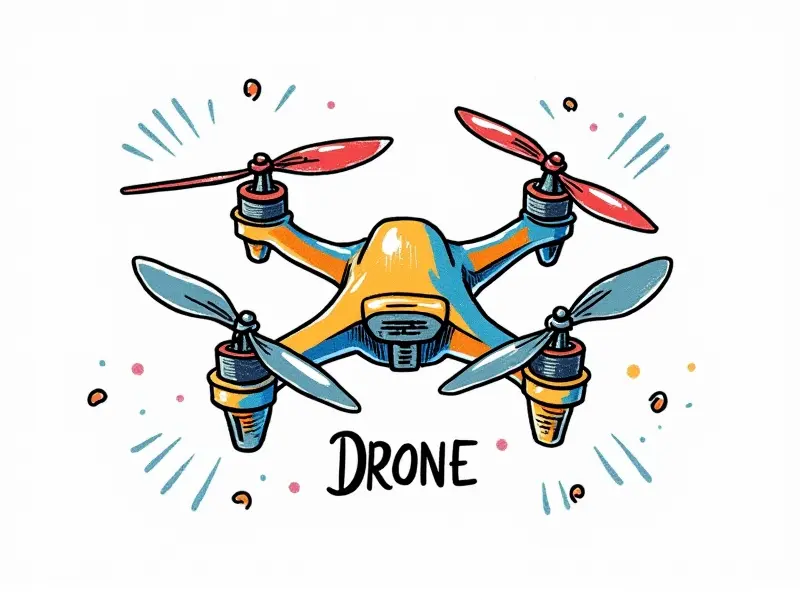Radio transmitter dynamic range

Why Dynamic Range Matters in FPV Racing
In the high-stakes world of first-person view (FPV) racing, every millisecond counts. The dynamic range of your radio transmitter plays a critical role in ensuring that your drone's signal remains stable and responsive throughout the race. A wide dynamic range allows for better control over the aircraft even under challenging conditions such as interference from other devices or environmental factors like buildings and trees.
Understanding Dynamic Range for Optimal Control
The concept of dynamic range in radio transmitters refers to the ability of a transmitter to handle both very weak signals (low-level) and strong signals (high-level) without distortion. This is crucial because it ensures that your RC communication remains clear and reliable, even when you're flying at long distances or in crowded airspace.
Boosting Signal Stability with Dynamic Range
- Signal Clarity: A transmitter with a high dynamic range can maintain signal clarity over longer ranges, reducing the likelihood of interference and dropouts.
- Environmental Adaptability: It allows your RC system to adapt better to various environmental conditions such as urban settings or open fields.
How Dynamic Range Affects Flight Precision
Flying a drone with precise control is essential for achieving high scores in FPV racing. The dynamic range of your transmitter directly impacts how well you can maneuver the aircraft, especially during complex maneuvers like tight turns and rapid ascents or descents.
Enhancing RC Communication with Dynamic Range
A robust dynamic range ensures that your radio communication remains stable even when faced with multiple sources of interference. This is particularly important in competitive settings where other racers may be operating nearby, potentially causing signal congestion.
Exploring the Limits of RC Transmitter Range
- Range Testing: Regularly testing your transmitter's range under different conditions helps you understand its limitations and optimize performance accordingly.
- Antenna Selection: Choosing the right antenna can significantly enhance the dynamic range of your RC system, providing better signal coverage and stability.
Maximizing Your RC Flight with Dynamic Range
To get the most out of your FPV racing experience, it's essential to fine-tune your transmitter for optimal performance. This includes adjusting settings such as gain and bandwidth to ensure that you have a wide dynamic range capable of handling all flight scenarios.
The Importance of Dynamic Range in RC
Dynamic range is not just about extending the physical distance over which your signal can travel; it's also about maintaining quality control at those distances. This means that even when flying far away, you retain full command and control over your aircraft without any lag or delay.
Tuning Your RC Transmitter's Dynamic Range
Proper tuning involves several steps:
- Calibration: Ensuring that all components are correctly calibrated to work together seamlessly.
- Firmware Updates: Keeping your transmitter firmware up-to-date can improve dynamic range and overall performance.
Essential Tips for Enhancing Transmitter Range
- Select High-Quality Components: Investing in quality antennas, receivers, and transmitters pays off in terms of reliability and performance.
- Avoid Obstructions: Flying away from buildings and other obstructions can greatly improve signal strength and stability.
Dynamic Range 101 for RC Enthusiasts
For beginners, understanding the basics of dynamic range is crucial. It's about balancing power output with sensitivity to ensure that your transmitter can handle both high and low signal levels effectively without compromising on quality.

